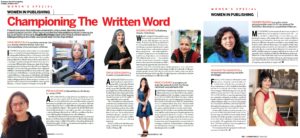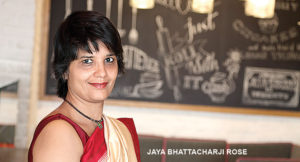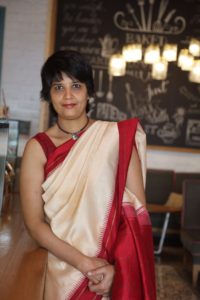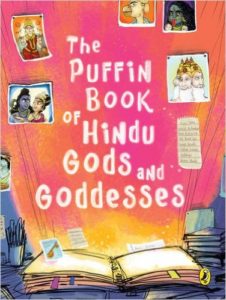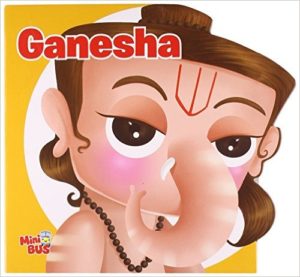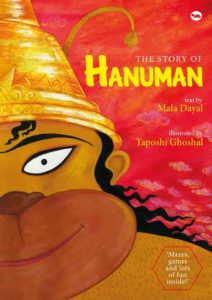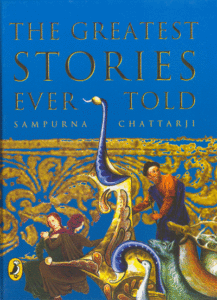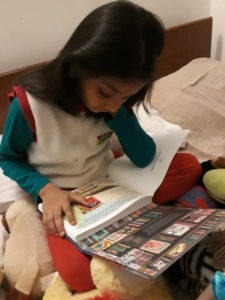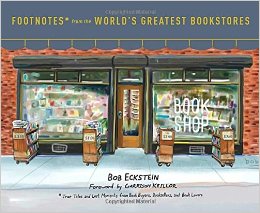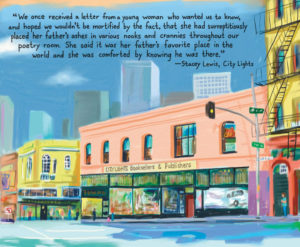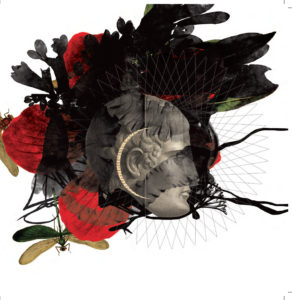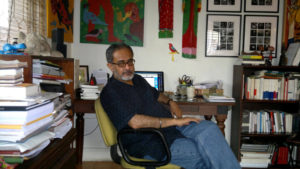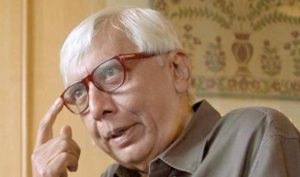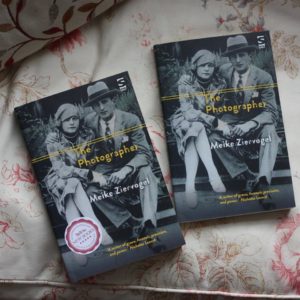Michael Chabon “Moonglow”
Apart from so-called hard science fiction, which he read ( as with The Magic Mountain) for its artful packaging of big ideas, my grandfather regarded most fiction as a “bunch of baloney.” He thought reading novels was a waste of time more profitably spent on nonfiction. ( p.248)
Michael Chabon’s Moonglow is a story that is based on a series of conversations the narrator has with his dying grandfather. The nameless grandfather has bone cancer and is on a cocktail of drugs to keep him comfortable in his last days. As the narrator, Mike Chabon, says that he heard about 90% of his grandfather’s life in the last few days. It is quite a heady mix.
A small example.
By page 45 of the book the grandfather’s reminiscences have included his meeting with a “hermaphrodite”, blowing up a bridge during World War II, meeting the founder of CIA — Wild Bill Donovan, a walk-on part of Russian spy Alger Hiss, introducing the character of Wernher Von Braun — brains of the nuclear missile technology V2 and later known as father of space programme, free love, Carmellite nuns in Lille, an unwed mother, a grandfather who had trained as a piano tuner and tried killing his boss, a rabbi who ultimately gave up religion to become a professional hustler. And this fantastical achronological landscape is only in the first few pages of this extraordinarily crafted story. There is more to come!
The “Author’s Note” in the preliminary pages of Moonglow are revelatory.
In preparing this memoir, I have stuck to facts except when facts refused to conform with memory, narrative purpose, or the truth as I prefer to understand it. Wherever liberties have been taken with names, dates, places, events, and conversations, or with the identities, motivations, and interrelationships of family members and historical personages, the reader is assured that they have been taken with due abandon.
In the Acknowledgements too Chabon mentions a list of names adding “if they existed, would have been instrumental to the completion of this work”.
Moonglow on the surface of it is a memoir of a dying man, his life as a businessman, his tender love for his wife even though she was mentally fragile and needed institutionalisation, his love for his stepdaughter whom he adored and who reciprocated it lovingly in his final days and his obsessive passion for the space mission. In fact his unit in the Jewish retirement home was unlike any other crammed with models of rockets everywhere such as the French Arianes, Japanese Mus, Chinese CZs, an Argentine Gamma Centauro.
The expanse of wall that carried from the living area to the dining area beyond, which in Sally’s unit was taken up by a large hutch full of china, which … in other units was often occupied by family photo galleries or earth-toned batik prints of Israeli and biblical scenes, was here taken up by four glass shelves mounted on metal brackets from just above the terrazo floor to within fifteen inches of the ceiling. These held models of known Soviet launch vehicles, from the early R-7s that had put Sputniks aloft to the Proton. On another, relatively small shelf on the wall over the television was a collection of American rockets: the Atlas, the Aerobee, the Titan….It was all very impressive, but …not necessarily admirable.
The grandfather also has absurd moments of a comic superhero who gets ready for a mission except it is to locate a python which may have eaten his neighbour’s cat.
In an interview with the Guardian Michael Chabon while discussing the art of creating a memoir comments:
…this blurring of fact and fiction goes way beyond a device; there is something unusually, provocatively committed about it, not least that Chabon constructs the narrative “to allow for the interpretation that the story I’m telling in Moonglow is the source of at least two or three of my other books”. Moonglow’s “Uncle Sammy” works for a cheap novelty company, which is exactly how his namesake in Kavalier & Clay got his start, “so the reader might wonder …
But why? “There are a lot of elements of my experience as a reader and as a writer that inclined me to try to push this fake memoir thing out there and see what it felt like to write a memoir knowing it was entirely invented,” Chabon says. “And one of those things is the prolonged, mounting feeling I’ve had as a novelist contemplating the rise of the memoir, of the literary memoir; and the kind of apotheosis of it, the apparent claim that literary memoir makes – that we seem to be willing, culturally, to grant it – to some greater truth, to some greater value, because of its supposed truthfulness.”
He has a specific example in mind: James Frey’s A Million Little Pieces, the controversial memoir-that-wasn’t of addiction and recovery. “So he writes this novel, he can’t sell it, so he changes the word novel to memoir, sells it for a ton of money, it becomes an Oprah book, a huge bestseller. And it turns out that he made it all up, and there’s this big scandal and he has to apologise, on television. We’re so upset with him because he lied to us, right? I mean, it betrays a great naivety about memoirs and how true they are, which is to say, they are not true. They are works of fiction. They may be scrupulous attempts by the memoirist to be as truthful as possible, with no intent to deceive or defraud or get anything wrong at all; nonetheless, they’re works of fiction. Because that’s how memory works; memory is a tool of fictionalisation.”
Far more than by Frey’s actions, Chabon is offended that a piece of work pretending to be true was prized more highly than one proudly proclaiming its untruthfulness. “What annoyed me was that earlier part of the story where he went to 37 publishers with this thing and they all passed on it, and simply by changing the word novel, not changing a word of the text, just changing the word novel to memoir, suddenly it acquires value. Monetary value, cultural value. And that’s something they want. Same book! This one they want to publish. This one they don’t want to publish. Why? Because it’s true? We all know it’s not true. We ought to know it’s not true.”
Moonglow can be read at the superficial level for what it is purported to be — a memoir by a dying old man. But there is more — it can be read as a supreme example of literary experimentation at its finest by a master craftsman, Michael Chabon. While at the same time it is a sharply told chronicle of modern Jewish history. Chabon’s soft spot for Norse mythology is not too far too. His grandmother’s hallucinations involving the Skinless Horse is reminiscent of the nuckelavee (pronunciation: /nʌklɑːˈviː/) or nuckalavee is a horse-like demon from Orcadian mythology that combines equine and human elements. It has its origins in Norse mythology, and is the most horrible of all the demons of Scotland’s Northern Isles. In fact Michael Chabon records in the introduction to the beautiful new edition of D’Aulaires Book of Norse Myths ( published by NYRB) that what bound him forever to this book as a child was the “bright thread of silliness, of mockery and of self-mockery”. A technique that is employed well in Moonglow. 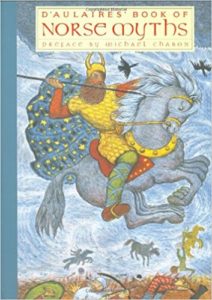
It can be quite challenging to read a novel with an achronological structure but after the first few pages the fantastically imaginative storytelling grips one and it is impossible to put the book down. Moonglow is a book which will be talked about a great deal in 2017. Even though Michael Chabon is an award winning writer including having won the Pulitzer, Moonglow will catapult him into a different league of writers. It is bound to feature in many literary prize lists in the coming months. It’s preoccupation with the space programme is also timely given Stephen Hawking‘s acceptance of Richard Branson’s free ticket with Virgin Galactic.
Moonglow is a must read.
Michael Chabon Moonglow 4th Estate, an imprint of Harper Collins Publishers, London, 2016. Pb.


